Ellen van Dijk: Dishing out the pain
After recovering from serious injuries sustained last September, Dutch star Ellen van Dijk is ready for the Classics and a tilt at Olympic time trial gold
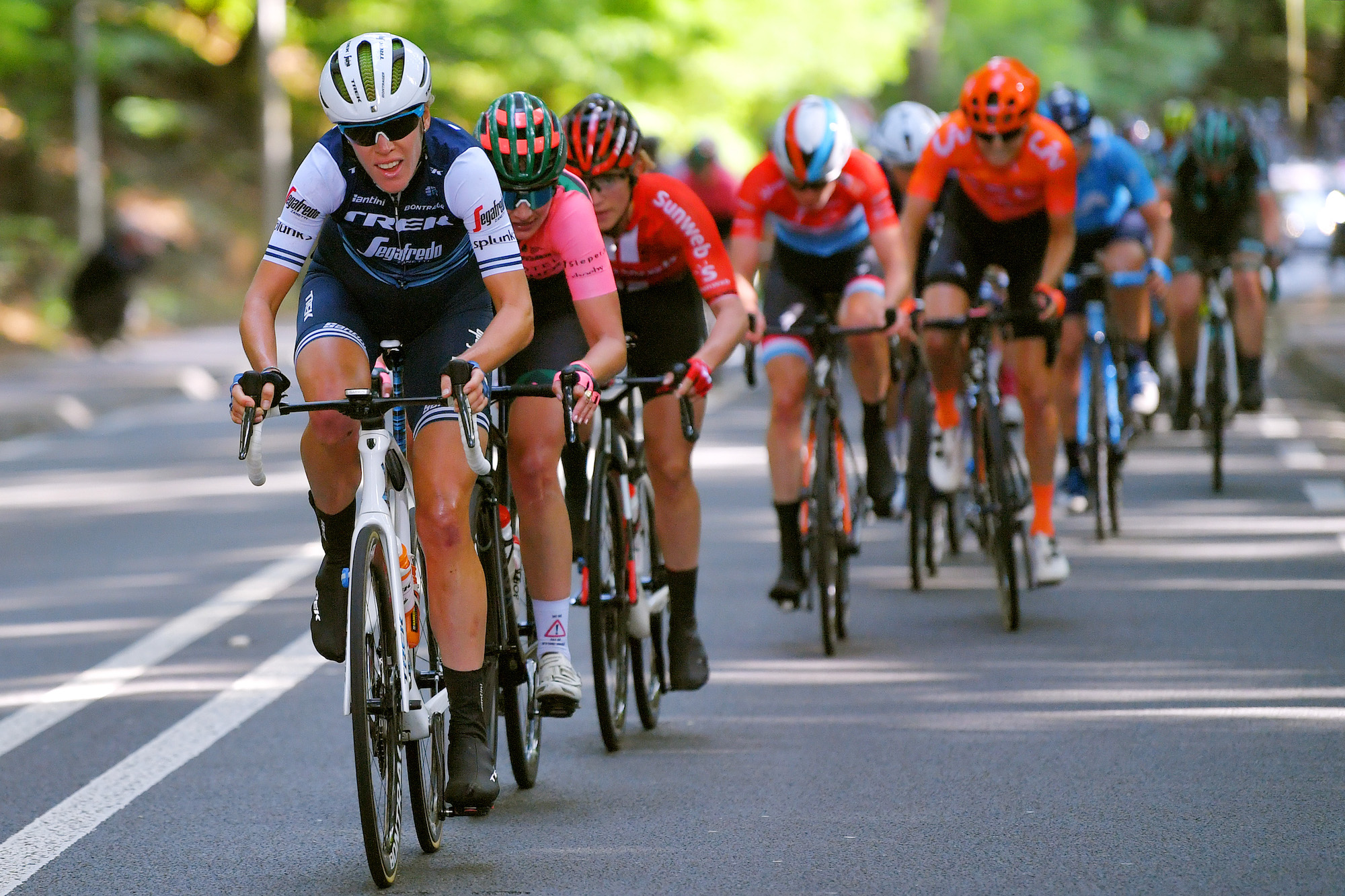
For all who saw it, Ellen van Dijk’s crash at September’s Boels Ladies Tour was a heart stopping moment. Though it initially appeared little more than routine - if any crash is routine - when a woman as tough as as Van Dijk stays down you know things are bad.
Only 11 days ahead of the World Championships, her injuries meant rather than competing for a second time trial title, the Dutchwoman was suddenly facing months of rehabilitation and frustration. The woman known for handing out so much pain to others was now suffering herself.
“When I crashed the first thing I thought when I was laying on the ground was ‘oh no, the World Championships,’” said Van Dijk when she spoke with CW recently. “Normally the first reaction is ‘I want to get on my bike,’ but I didn’t need my bike.
“I knew straight away something was wrong, but the race doctor said there was not, so I thought, ‘yes, that’s all I want to hear!’ but then I tried to stand up and I fell down again. In hospital they told me the pelvis was broken in two places and the humerus also.”
They also told her she would be unable to bear any weight for six weeks, but such is her character the 33-year-old was able to walk “from the couch to the kitchen” in just three. When compatriot Annemiek van Vleuten launched her remarkable, rainbow jersey winning attack exactly three weeks after the crash, Van Dijk was commentating for Dutch TV.
However, she had been unable to watch the time trial, avoiding it and choosing to watch The Lion King at the cinema with her boyfriend instead. But the Worlds were the least of her troubles, her recovery taking longer than anticipated.
Get The Leadout Newsletter
The latest race content, interviews, features, reviews and expert buying guides, direct to your inbox!
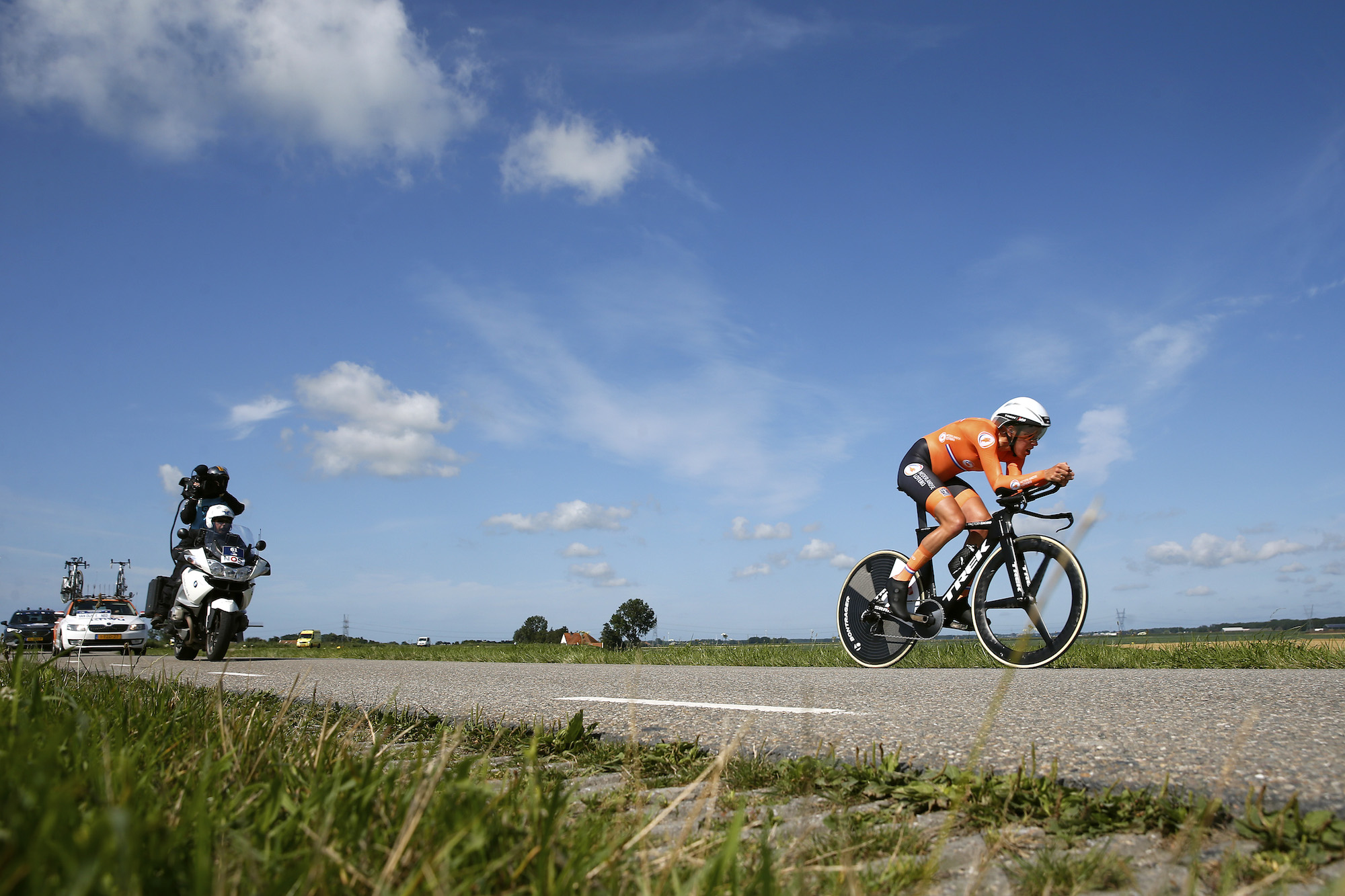
“In the beginning it wasn’t too hard because the only thing I could do was accept it, so anything was an improvement. That was quite motivating, I could do some small things every day. But after two months I started to ride my bike again and I thought ‘OK, now I’m cured we go again’
“I thought if I could ride my bike I could go training, but that was not the case and I had to rehabilitate for another two months. I didn’t expect it to take so long, and that was the hardest part mentally.”
Unable to take her normal approach of building intensity off the back on four or five hour rides, the experienced Van Dijk would ride 60-90 minutes two or three times a day. Only in January, four months after her crash, were long rides back on the cards when she met up with her Trek-Segafredo team-mates at a Mallorca training camp.
The strongest wins
Van Dijk has been riding at the top level since the mid-2000s, finishing third in her only World Championships junior road race in 2004. Two years later the Tour of Flanders was her first race on a UCI team, Vrienden van het Platteland; it was her only DNF of the year.
She went on to win the race eight years later, musing, “That was a good day.”
But, like so many Dutch children, speed skating was her first sporting love, with summer cycling purely ancillary to that.
“That’s also a bit of a time trial, it’s shorter but you learn how to do it by yourself,” she explains. “When I started riding my bike I was quite strong, my club team trained for the time trial every week and I found out I was pretty good at it, so I started to specialise.
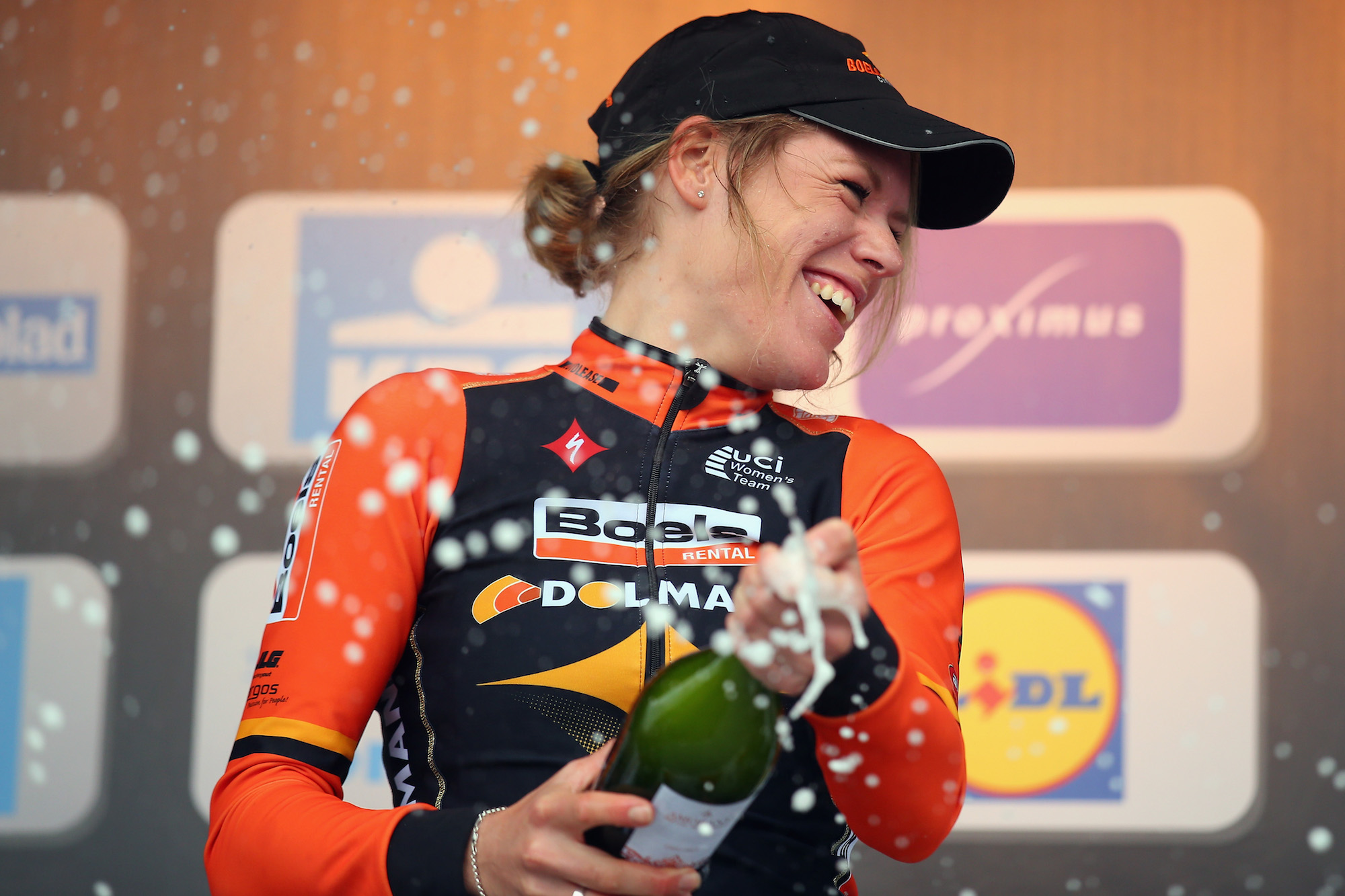
“The thing I like the most about it is that it’s pure, almost always the strongest wins. Material and other things play a role but those are things you can control. There are no uncertainties, you know the course, you know what’s coming, and mentally it’s a super big challenge of course because when you start you know you’re going to totally die. It’s a special discipline.
“You cannot focus only on training hard and having a good FTP, you have to know more about the material, about aerodynamics, how to sit on your bike how to manage the air resistance. I studied human movement sciences and I’m super interested in how it’s possible to improve performances in sport, that’s also part of it.
“Maybe we have to think a lot and analyse a lot, but that’s weird because in the middle of a race the less you think about it the better. Maybe time triallists are just freaks!”
Putting the pain on
Van Dijk’s abilities against the clock have brought her 29 individual time trial victories over a 15-year career, not only winning the 2013 world title, but becoming the only woman to win the European TT title since its 2016 inception. She also has numerous team time trial victories to her credit, including four world titles with three different squads.
Some of those time trial success have contributed to a number of stage race general classification wins too, and her ability to ride opponents off her wheel has brought other notable victories, especially in the Classics.
The 2014 Tour of Flanders is perhaps the most notable, though there are two successive Dwars Door Vlaanderen wins, Omloop het van Hageland and Le Samyn too. However, such are her skills we often see Van Dijk where she was when she crashed last September, on the front working for her team-mates, ripping the legs off her rivals.
“Yeah, I love it,” she laughs when asked about the role. “Cycling is also about putting pain on others, right? Of course you want to win but if you cannot then it’s still great to put pain in other people’s legs and make them curse you. I like that of course.”
Of the many times she has set up victory for her colleagues, perhaps the most conflicting was the 2017 Tour of Flanders, won by her then Sunweb team-mate, Coryn Rivera. Along with the American, Van Dijk had started the day as the team’s protected rider, but was unable to stay with a small group of leaders, her role then switching to one of super-domestique.
“I had my chance but I couldn’t get away,” she observes ruefully. “I wasn’t good enough that day and the only chance to win was to bring Coryn to the front, and I still had good enough legs to do that.
“Of course she still had to do the sprint, so it wasn’t easy, but it’s just a great feeling when you really feel that you had a big part in the victory.”
Without the Dutchwoman’s efforts there is no way Rivera would have won that day, but how does a domestique deluxe feel when a team-mate is the one whisked away for interviews, podiums and plaudits?
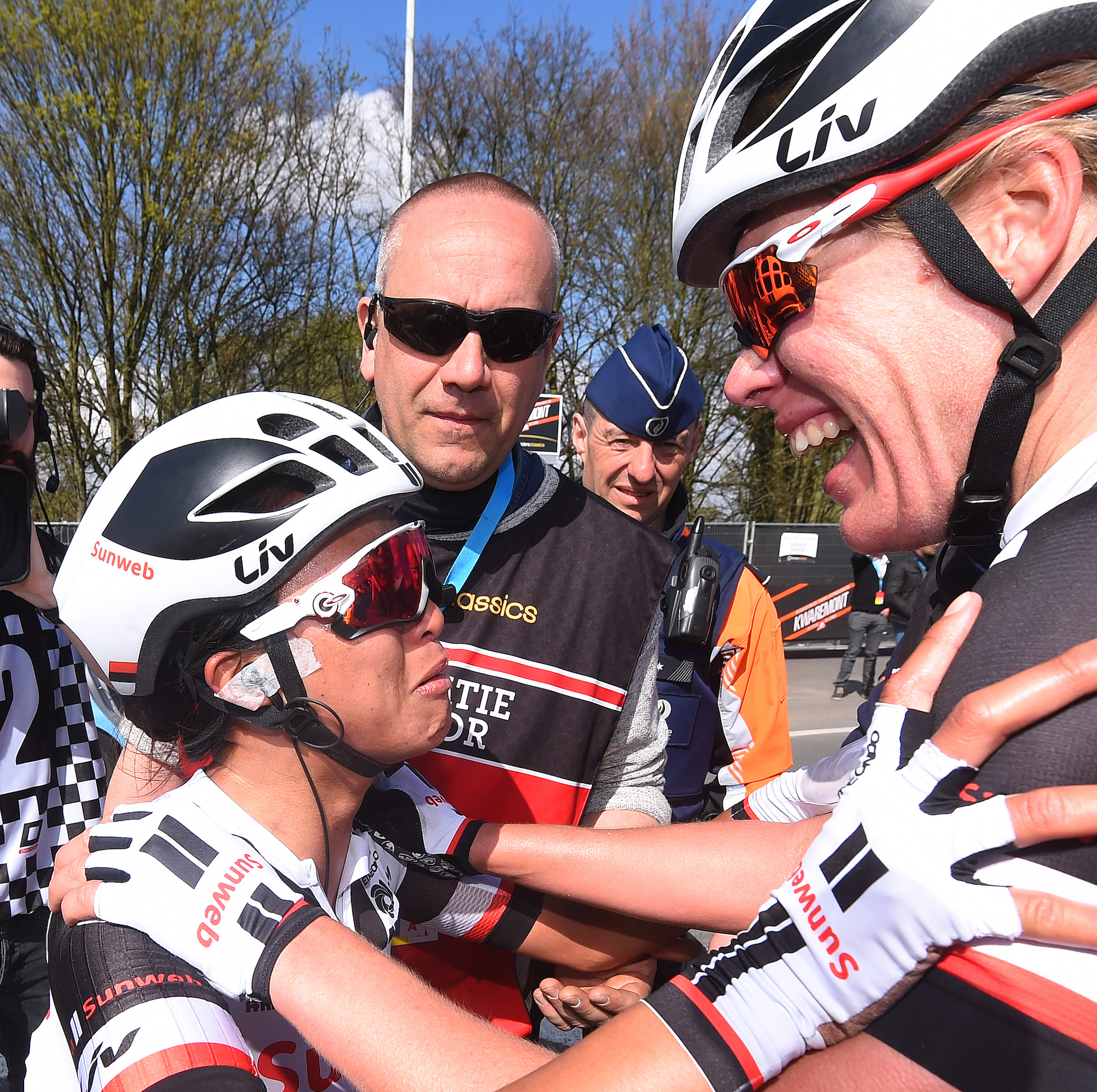
“Mixed emotions, and not because everyone has forgotten me, but because I ride for satisfaction and I want to be satisfied. I was of course satisfied in one way to have the team win and to have closed the gap, but I was not happy that I didn’t win, because I wanted to show that I was able to do that, and I wasn’t good enough.
“I was proud to have turned around into something positive. If we had finished 10th or 12th I would have been really disappointed.”
A professional future
Much has changed in the years since Van Dijk made her race debut at the Tour of Flanders, way back in 2006.
“For example my new team-mate Elynor Backstedt, she’s just coming from juniors [to join Trek-Segafredo], but when and I came from junior to the elite it was not comparable at all.
“I was riding for a small team, I was studying, I was speed skating and just riding my bike occasionally. It was not professional sport back then. None of the peloton was as professional as it is now.
“I look at Strava and the whole bunch spends the whole winter in Spain. Back in the day if you went on a training camp once in the winter we were really gaining on our opponents, and now if you are home for a week you are losing on them.”
Van Dijk’s second team was Columbia Women, the sister squad of Mark Cavendish’s men’s outfit, perhaps the model for the increasingly common dual gender squads, like the Trek-Segafredo team she currently rides for.
“There are quite a lot of similarities. Back then we were aligned to the men’s team and we all had the same facilities, the salaries were good and the whole environment was really, really professional.
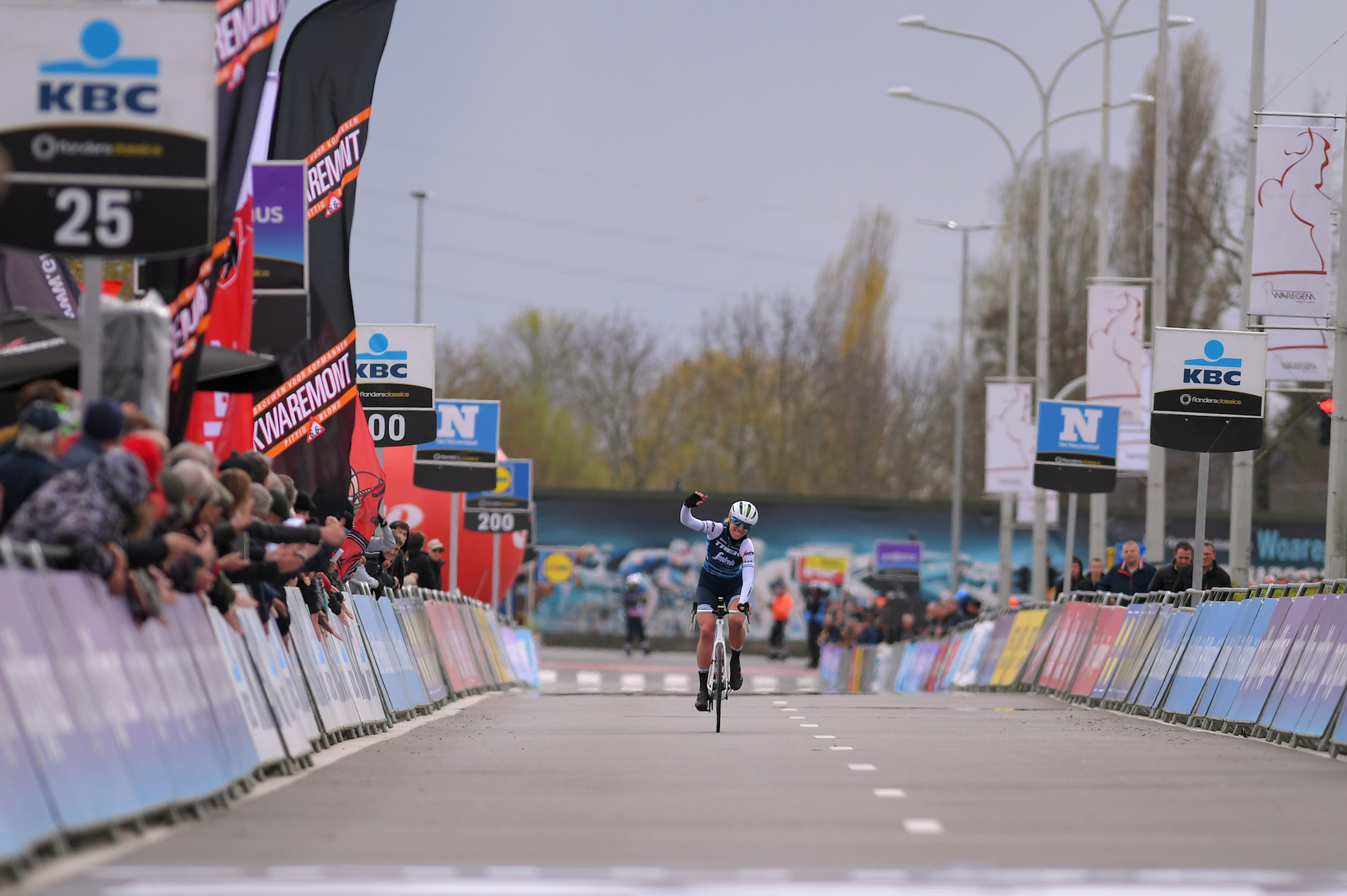
“Since I left HTC-Colombia I have had really good teams, I’ve been really lucky, but the budget at HTC-Columbia was insane and I have the same feeling in Trek. All the facilities for the men are available for us and all the staff are super supportive and we just have really a professional environment.”
So can standalone women’s team survive? “Yes. Look at Boels-Dolmans, they are still the number one team in the world, they are performing very well. You do not need a men’s team but it’s very helpful.
“Trek-Segafredo is a really professional team and that’s perfect, but we’re one team and other teams have to grow to this level, more women have to have the chance to be as professional as we are. In that way the sport can evolve.
“I am a member of the Cyclist’s Alliance and I’m really behind the programme they have about minimum salaries, about having the facilities, and staff who have licenses. The basics have to be right, and that is not the case in a lot of teams.”
During the coming Classics we will know whether Van Dijk is fully recovered from her injuries. However, after a bike handling error in Rio left her 11 seconds from the medals and 22 from gold, her main aim for the season is a spot at the Olympics.
But first, with improved coverage of women’s racing you may see her winning one of the spring Classics, though one thing you are certain to witness is van Dijk dishing out the pain on the front of the bunch.

Thank you for reading 20 articles this month* Join now for unlimited access
Enjoy your first month for just £1 / $1 / €1
*Read 5 free articles per month without a subscription

Join now for unlimited access
Try first month for just £1 / $1 / €1
Owen Rogers is an experienced journalist, covering professional cycling and specialising in women's road racing. He has followed races such as the Women's Tour and Giro d'Italia Donne, live-tweeting from Women's WorldTour events as well as providing race reports, interviews, analysis and news stories. He has also worked for race teams, to provide post race reports and communications.
-
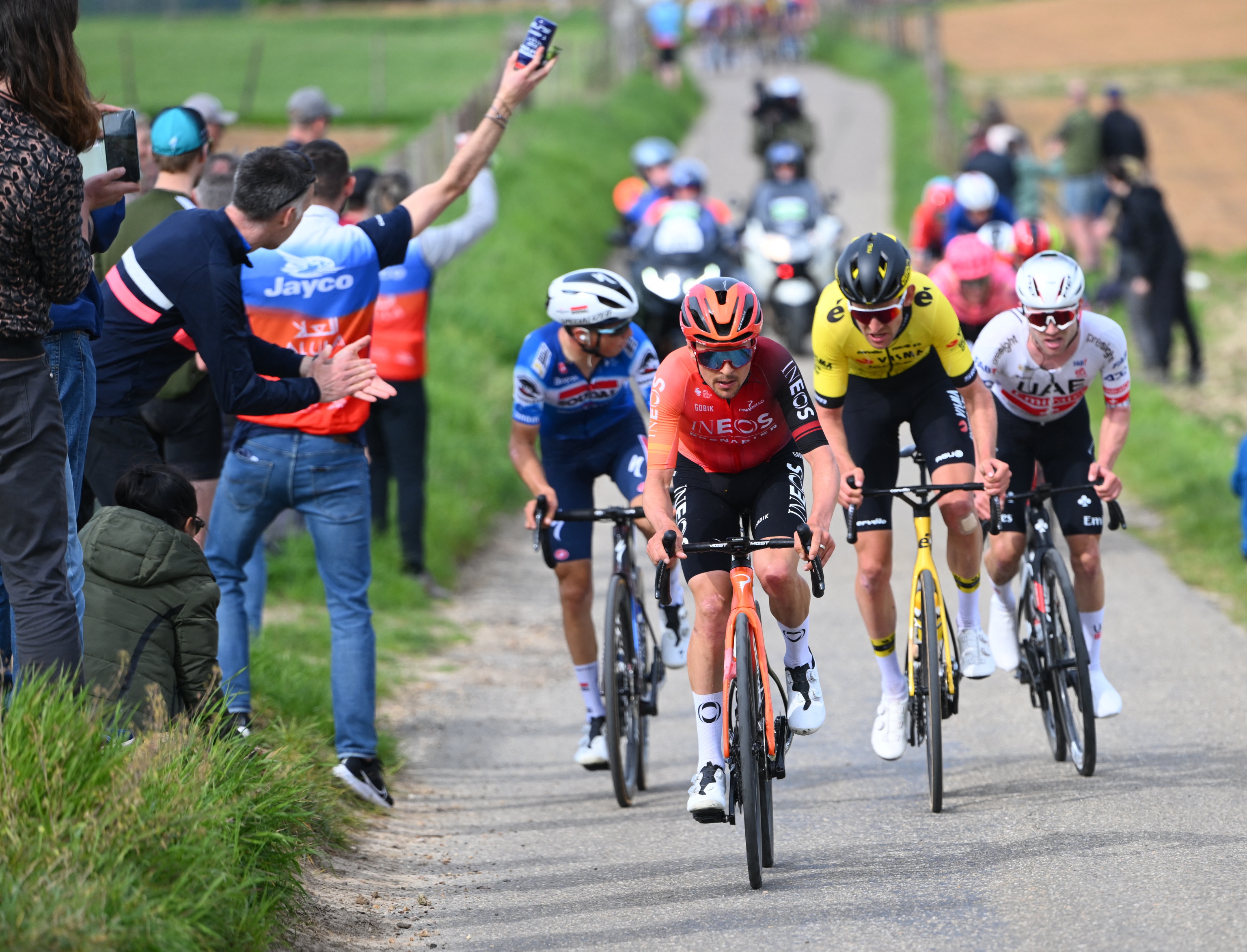 How to watch the Amstel Gold Race 2025: Everything you need to live stream the Dutch Classic
How to watch the Amstel Gold Race 2025: Everything you need to live stream the Dutch ClassicAll the broadcast information for the first of the Ardennes Classics on 20 April with Tom Pidcock – here's how to watch Amstel Gold Race online and on TV.
By Adam Becket
-
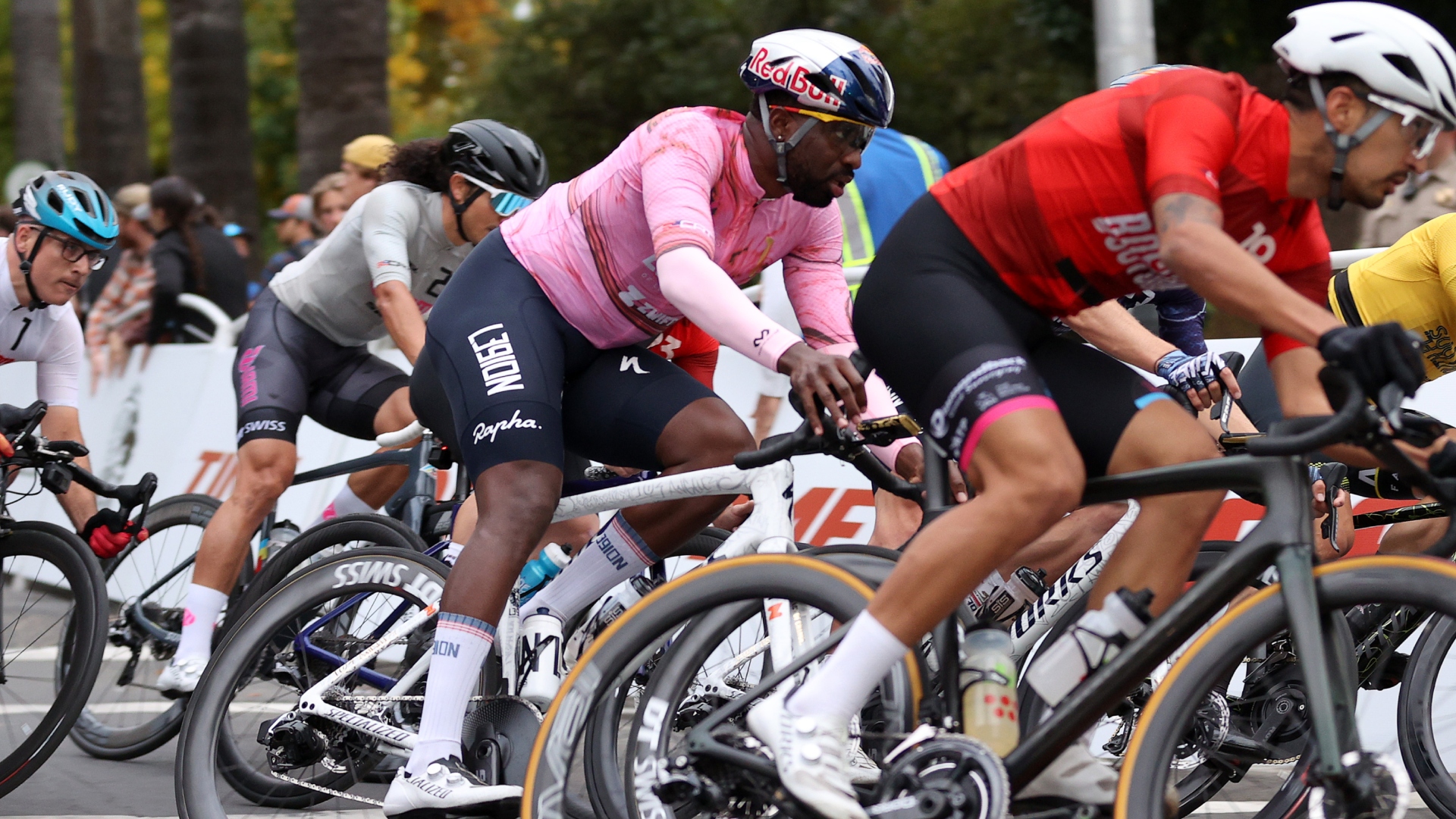 Can you make a living as an American domestic road racer? A look inside the part-time professionalism of the American road peloton
Can you make a living as an American domestic road racer? A look inside the part-time professionalism of the American road pelotonAfter decades of booms and busts, the American road scene finds itself in a fragile place. We spoke to riders to understand the reality of chasing the dream on home soil
By Logan Jones-Wilkins
-
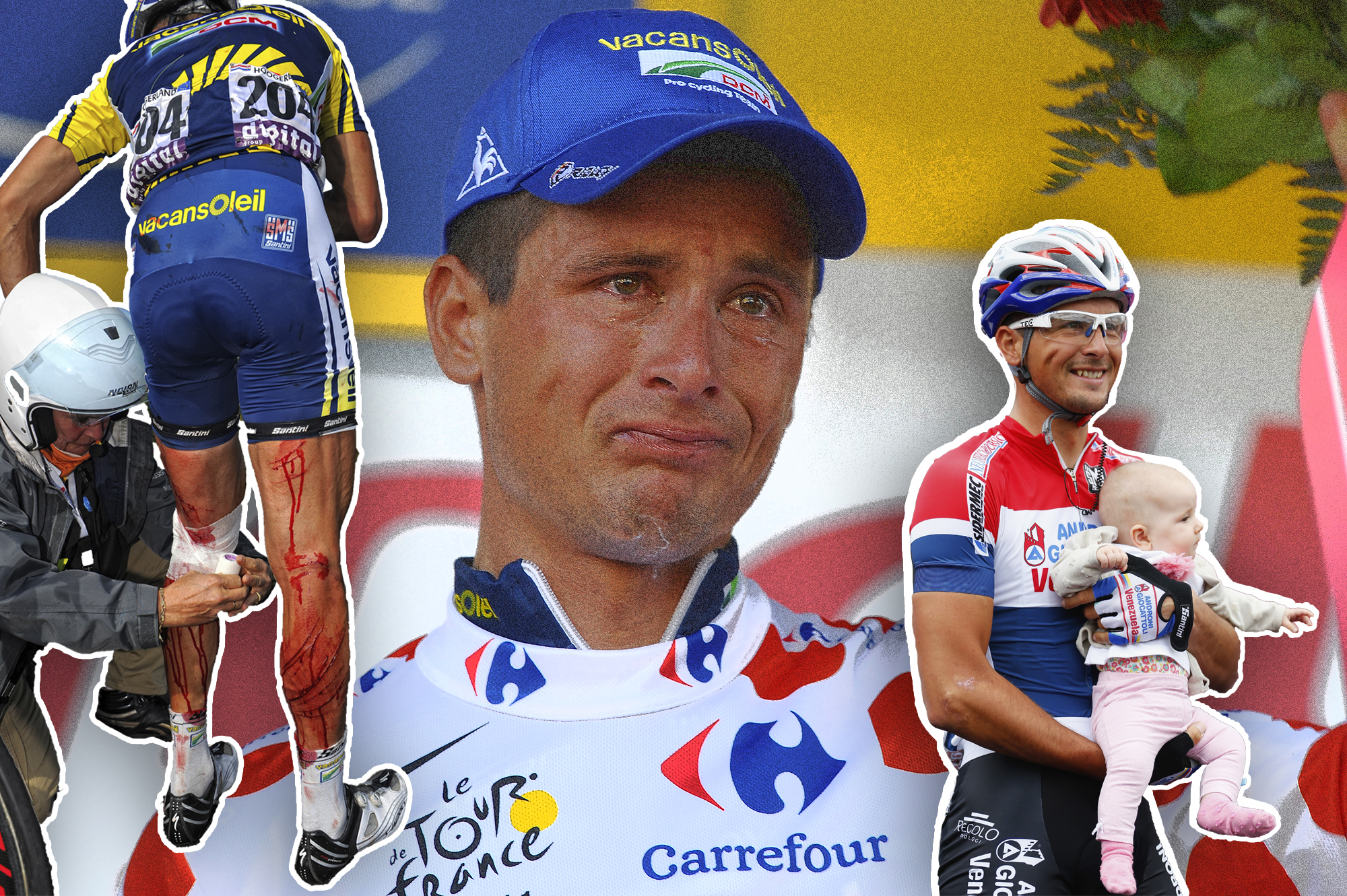 What happened to Johnny Hoogerland?
What happened to Johnny Hoogerland?A career defined by a collision with a TV car at the 2011 Tour de France, we tracked down the Dutch rider to find out how the next 10 years unfolded
By Jonny Long
-
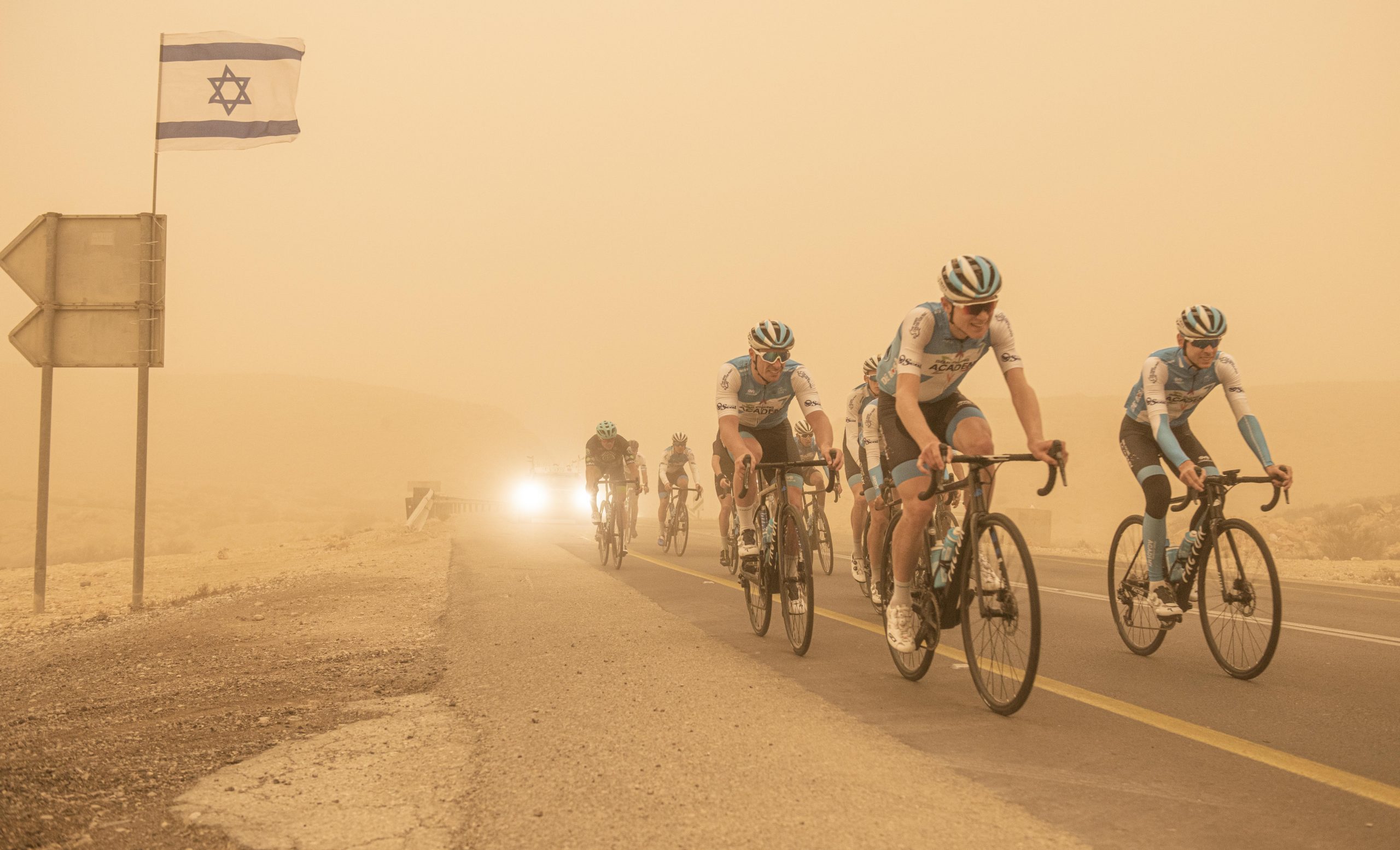 From Gaza to the Giro d’Italia – the many faces of Israel Start-Up Nation
From Gaza to the Giro d’Italia – the many faces of Israel Start-Up Nation“Thank you for the question, because this is so dumb,” says Canadian billionaire Sylvan Adams, who has just touched down from Miami and is sat in the lobby of a beachfront hotel in Tel Aviv.
By Alex Ballinger
-
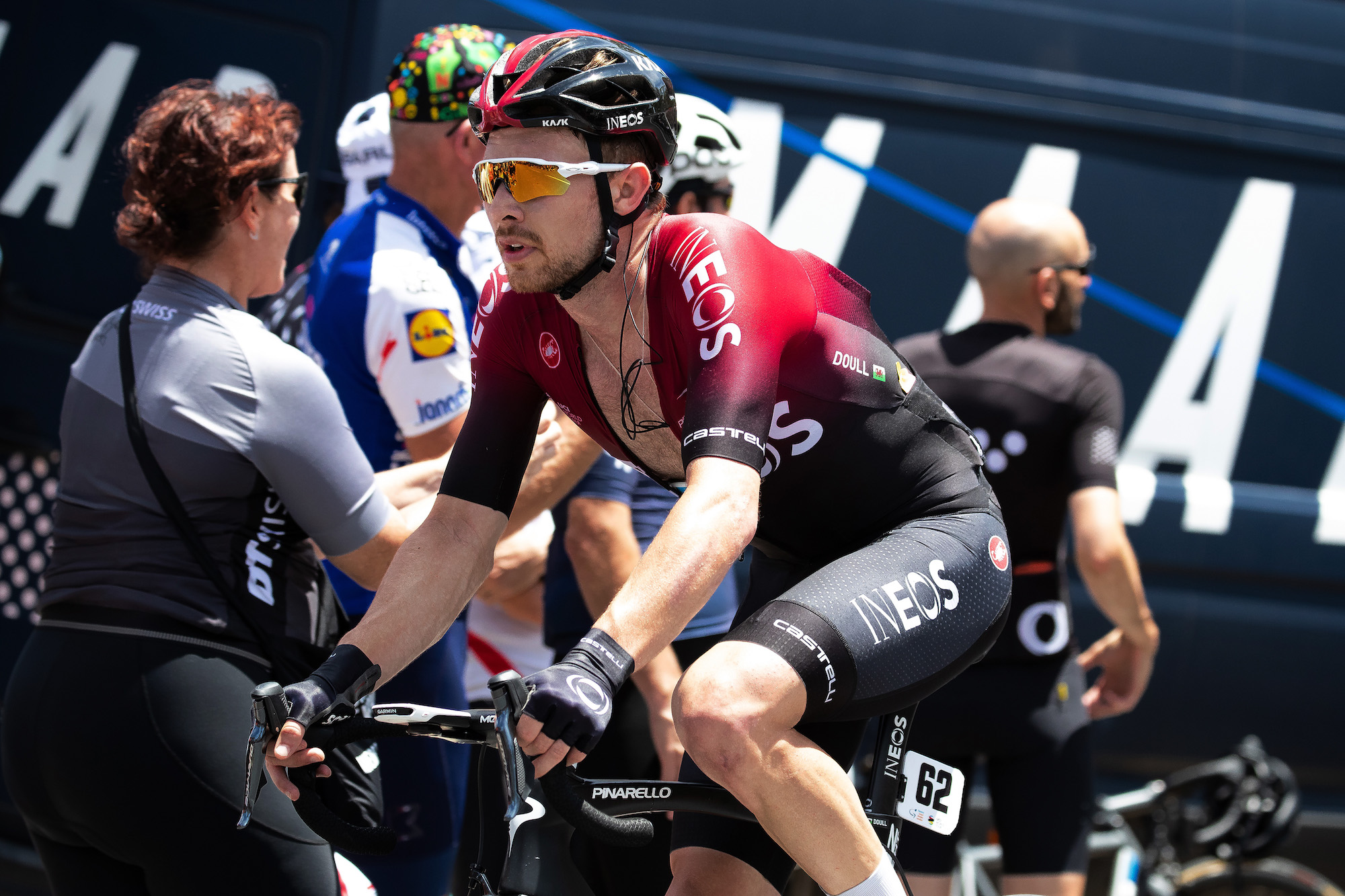 'The domestiques on our team are unsung heroes': Owain Doull Q&A
'The domestiques on our team are unsung heroes': Owain Doull Q&AThe Olympian and Team Ineos man on his Maindy roots, staying motivated and passion for coffee
By David Bradford
-
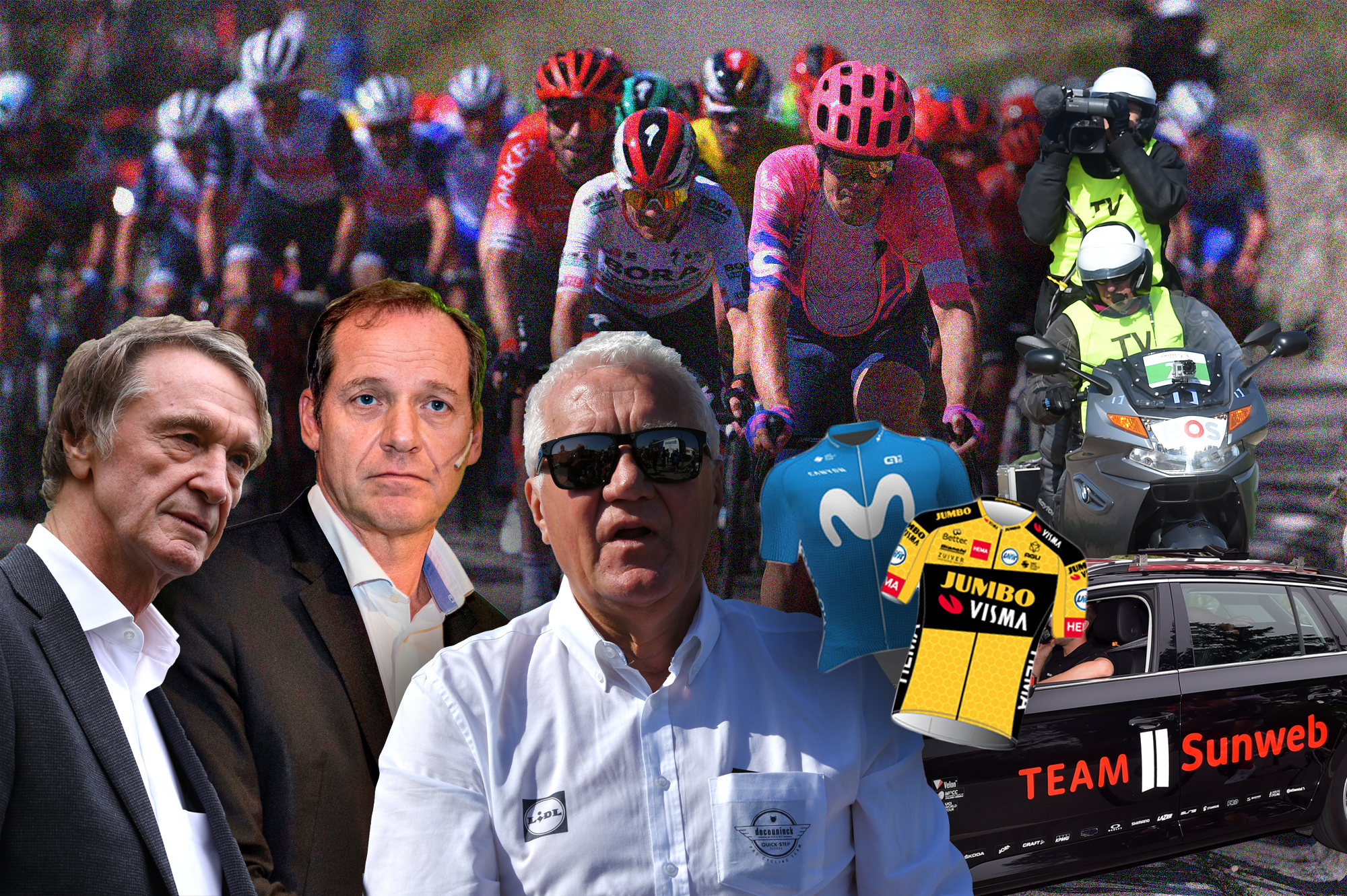 What will happen to pro cycling? Exploring the economic landscape after coronavirus
What will happen to pro cycling? Exploring the economic landscape after coronavirusFrom the fate of various WorldTour teams to whether a behind-closed-doors Tour de France actually solves anything
By Jonny Long
-
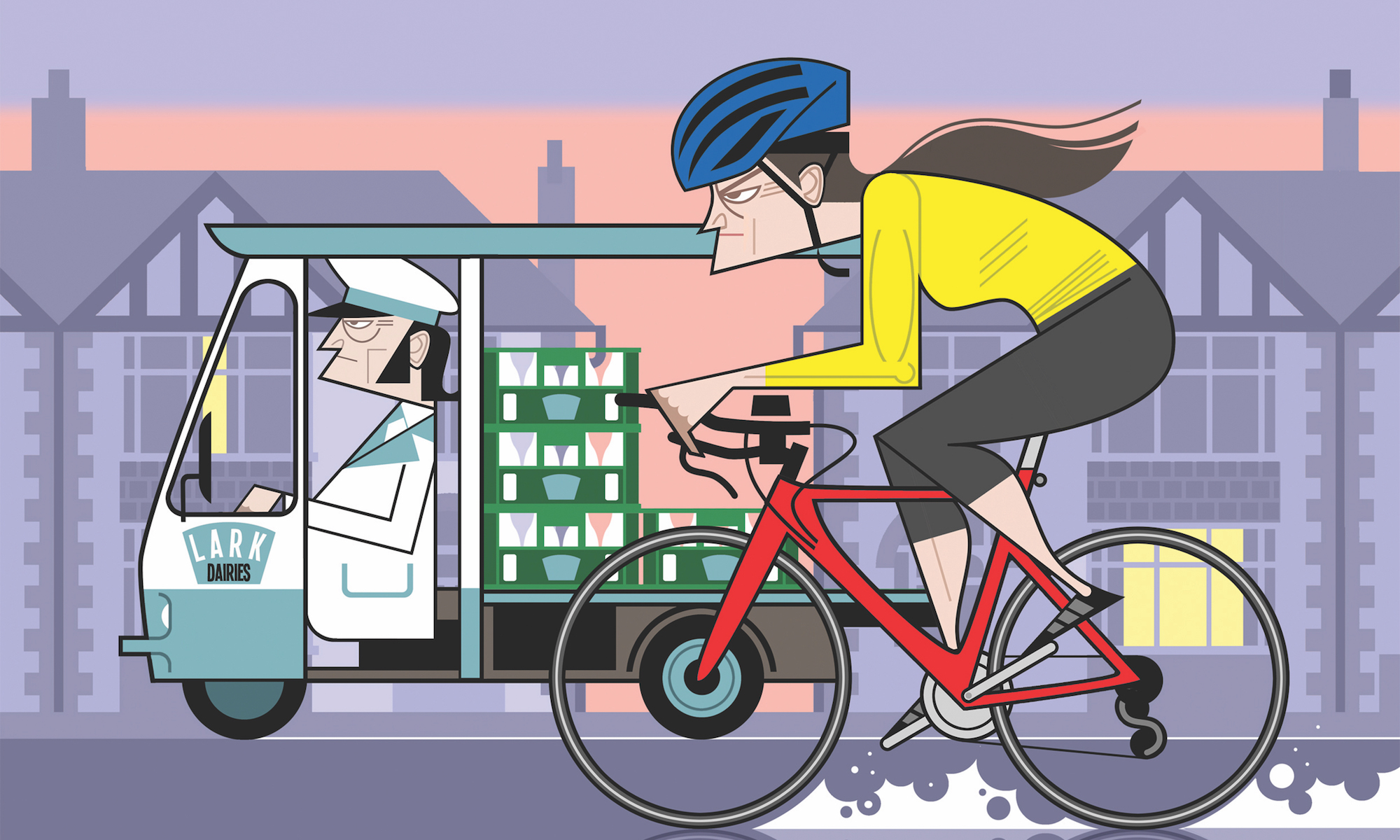 Is there a best time to train? A sports scientist investigates
Is there a best time to train? A sports scientist investigatesMost of us ride our bikes whenever we get chance, but is there a best time of day when you’ll unlock the most potential and make maximum gains? Sports scientist Dr Mark Homer investigates
By Cycling Weekly
-
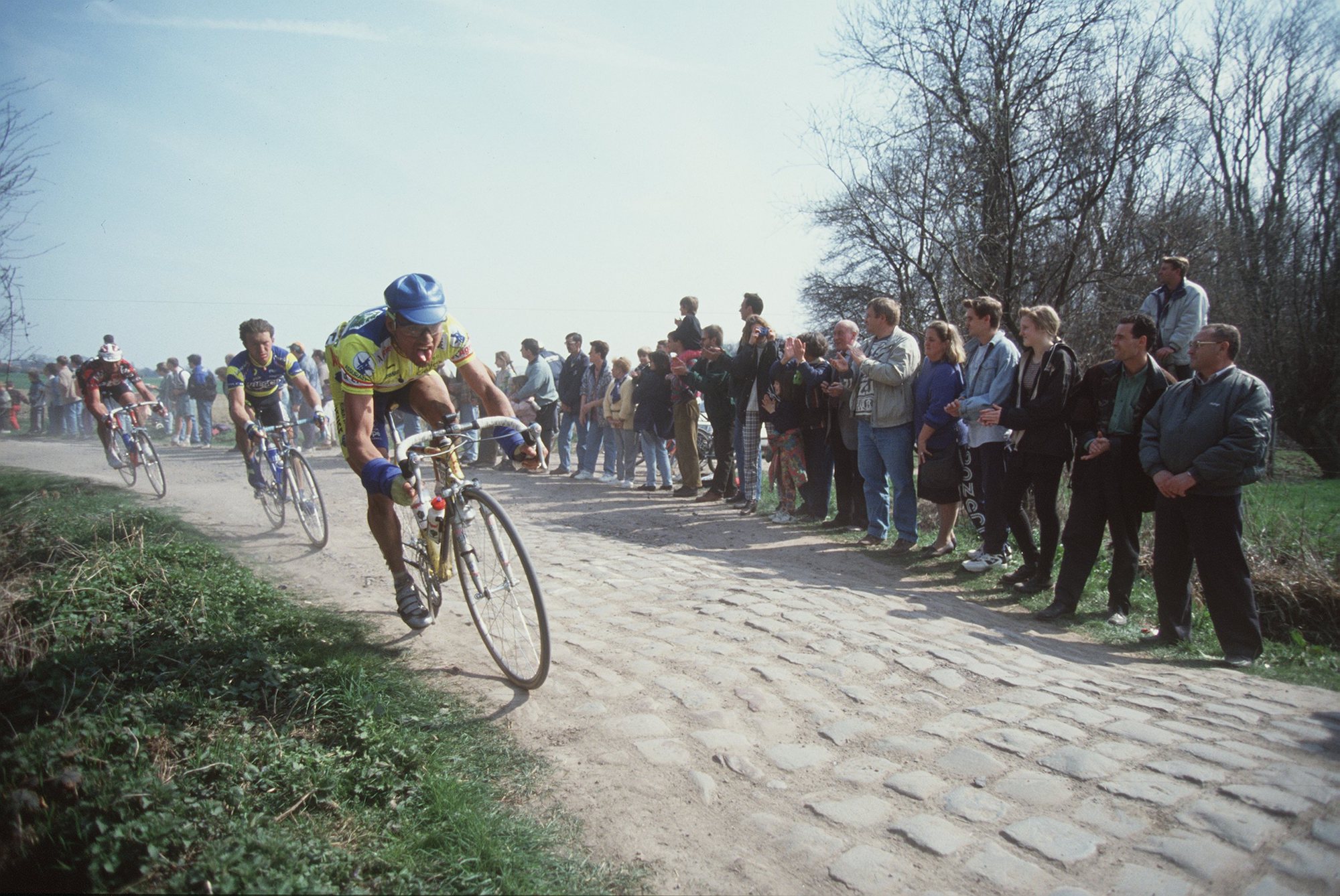 Forging legends: Here are the 10 best Classics of all-time
Forging legends: Here are the 10 best Classics of all-timeDo you agree?
By Cycling Weekly
-
 Five of the all-time best Classics rides by Brits
Five of the all-time best Classics rides by BritsFrom Tom Simpson to Lizzie Deignan
By Cycling Weekly
-
 Sweet success: How I won Red Bull Timelaps as a diabetic rider
Sweet success: How I won Red Bull Timelaps as a diabetic riderType-1 diabetic George Kirkpatrick is on a mission to prove that compromised blood sugar control is no barrier to success — however long the race
By David Bradford